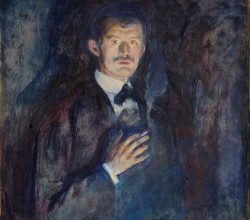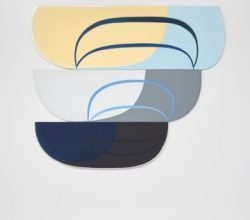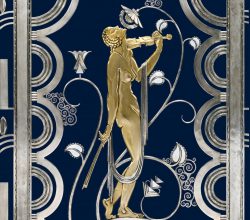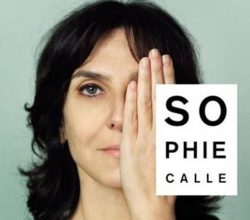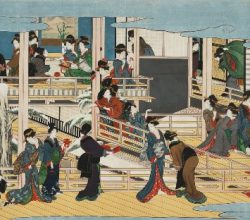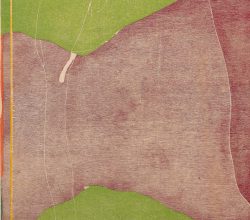
As in Nature and No Rules: Helen Frankenthaler Times Two at the Clark
William Belcher | The Alt | 10th July 2017
After Jackson Pollock some wondered what was next. Frankenthaler’s “soak-stain” technique was one answer. It expanded the vocabulary of abstract painting and allowed her to combine organic effects and painted shapes. Her woodcut prints, perhaps less acclaimed than her paintings, are also innovative: “these woodcuts are astonishing … and challenge a conventional understanding of the medium” More images are here.

